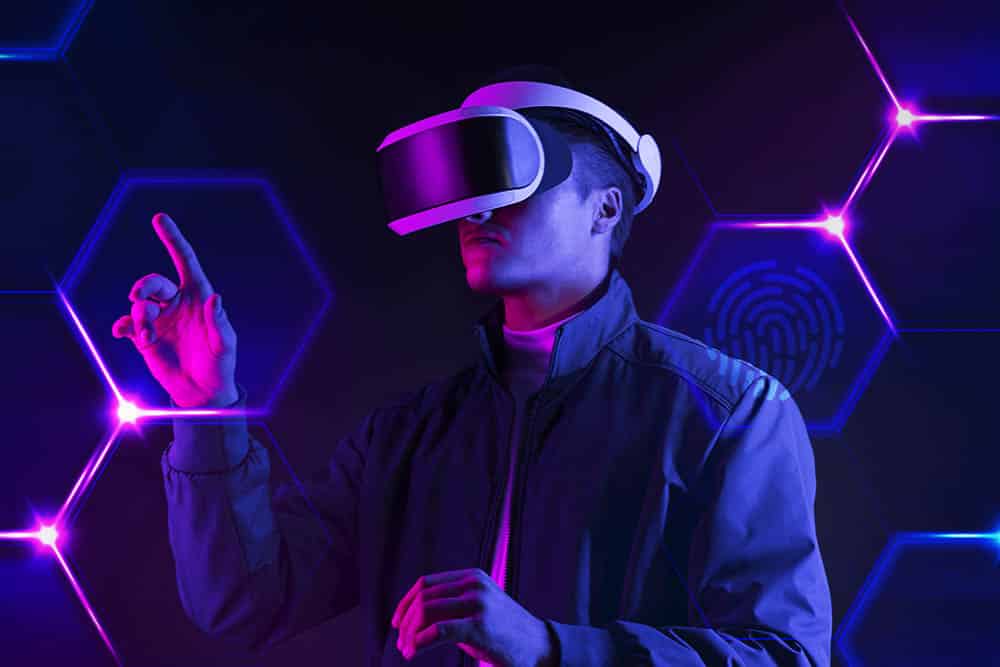In recent years, technological advancements have consistently reshaped the global business landscape. From artificial intelligence to blockchain, cutting-edge innovations have revolutionized the way organizations operate and interact with their customers. One of the most exciting tech breakthroughs with enormous potential for business innovation is virtual reality (VR). With its ability to create immersive and interactive digital environments, VR is opening up a whole new world of possibilities for transforming various industries.
The Rise and Evolution of Virtual Reality
Virtual reality technology has come a long way since its inception. Initially confined to the realm of entertainment and gaming, VR has now grown into an industry that spans healthcare, education, training simulations, architecture, marketing, and much more. The potential of VR to create realistic and immersive experiences is being harnessed by businesses to engage users in unprecedented ways, enhancing their products and services.
Enhancing User Experiences for Businesses
One significant advantage that virtual reality brings to the table is its ability to enhance user experiences. Traditional marketing and advertising techniques, while effective, often struggle to create a genuine emotional connection between the brand and its consumers. Through VR, businesses can transport customers into virtual environments that allow them to experience products or services in an entirely new dimension.
For example, virtual reality can enable potential homebuyers to virtually tour properties before making a decision, providing a more realistic and immersive experience compared to static images or videos. Likewise, VR can be leveraged by travel agencies to offer virtual destination experiences, giving customers a taste of what awaits them on their dream vacation. These enhanced user experiences not only foster stronger brand loyalty but also increase purchase intent.
Revolutionizing Training and Education
Another area where VR is revolutionizing business is training and education. Traditional training methods often require costly resources, time, and sometimes pose risks to participants. Virtual reality offers a safe and realistic alternative, allowing organizations to simulate complex scenarios and build realistic training environments for employees.
For instance, VR can be used to train healthcare professionals in performing complex surgeries or teach pilots to navigate tricky flight conditions. Simulations that were previously impossible or too expensive to conduct effectively can now be accomplished through virtual reality, significantly improving training outcomes and reducing costs.
Virtual reality is also transforming education by providing immersive learning experiences. Students can explore historically significant locations, dive into the depths of the ocean, or even take a trip to outer space, all from the comfort of their classroom. This interactive learning approach stimulates curiosity and engagement, resulting in better retention of information.
Streamlining Design and Prototyping
The design and prototyping stage of product development can be time-consuming and costly. Virtual reality offers a solution to these challenges by allowing businesses to visualize and test their designs in a virtual space. With VR, architects can walk through buildings before construction even begins, designers can create and interact with virtual prototypes, and engineers can analyze products in a realistic setting.
This streamlined approach saves both time and money by identifying any flaws or necessary revisions early on in the product development process. The ability to test and iterate quickly leads to improved designs, enhanced operational efficiency, and ultimately, better products.
Important Information to Consider
As businesses explore the boundless potential of virtual reality in innovation, there are a few important considerations to keep in mind. Firstly, the initial investment in VR hardware and software can be significant. Organizations must carefully analyze their needs and evaluate the long-term benefits before integrating VR into their operations.
Furthermore, businesses should prioritize user experience and ensure that VR applications are intuitive, reliable, and user-friendly. Any technical glitches or low-quality experiences can detract from the overall impact of virtual reality and may even deter customers from engaging with the brand.
Lastly, data privacy and security should be a key concern. As virtual reality technologies collect and process user data, organizations must implement robust security measures to safeguard sensitive information and ensure compliance with data protection regulations.
Summary
Innovations in virtual reality are revolutionizing the way businesses operate and engage with their customers. From enhancing user experiences and revolutionizing training and education to streamlining design and prototyping processes, VR’s potential is profound. However, businesses must carefully consider their investment, prioritize user experience, and address data privacy concerns to fully harness the boundless potential of virtual reality in driving business innovation. As VR continues to evolve, it promises to unlock new realms of creativity and transform various industries in ways we are just beginning to explore.
- Unleashing the Power of Progress: Crafting an Astounding Growth Strategy - 17 de agosto de 2023
- Evolution Unleashed: Unlocking the Power of Iteration - 17 de agosto de 2023
- Unleashing Unlimited Potential: The Power of Scalability - 17 de agosto de 2023




